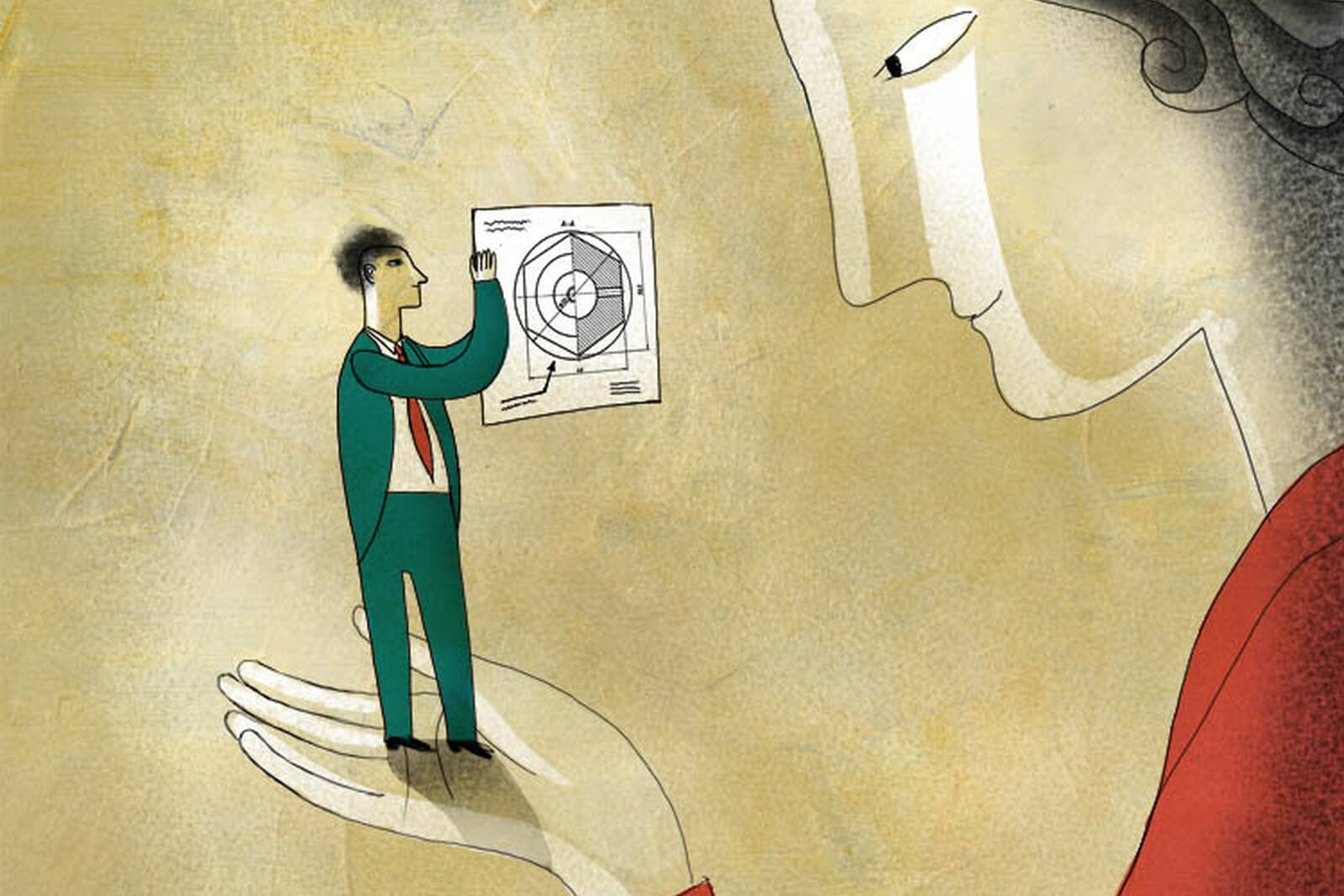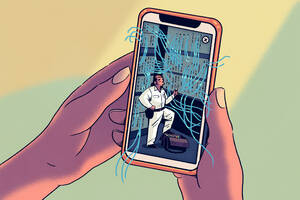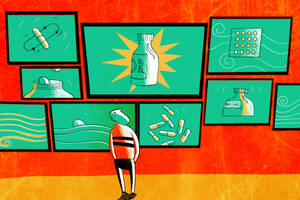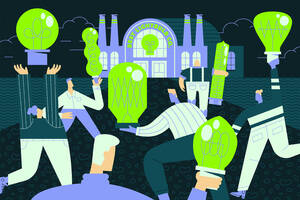Innovation Feb 2, 2021
In 2021, Consumers Are Craving Products That Deliver Novelty and Fun
After a year of buying boring staples in bulk, everything is about to change—and brands need to be ready to innovate.
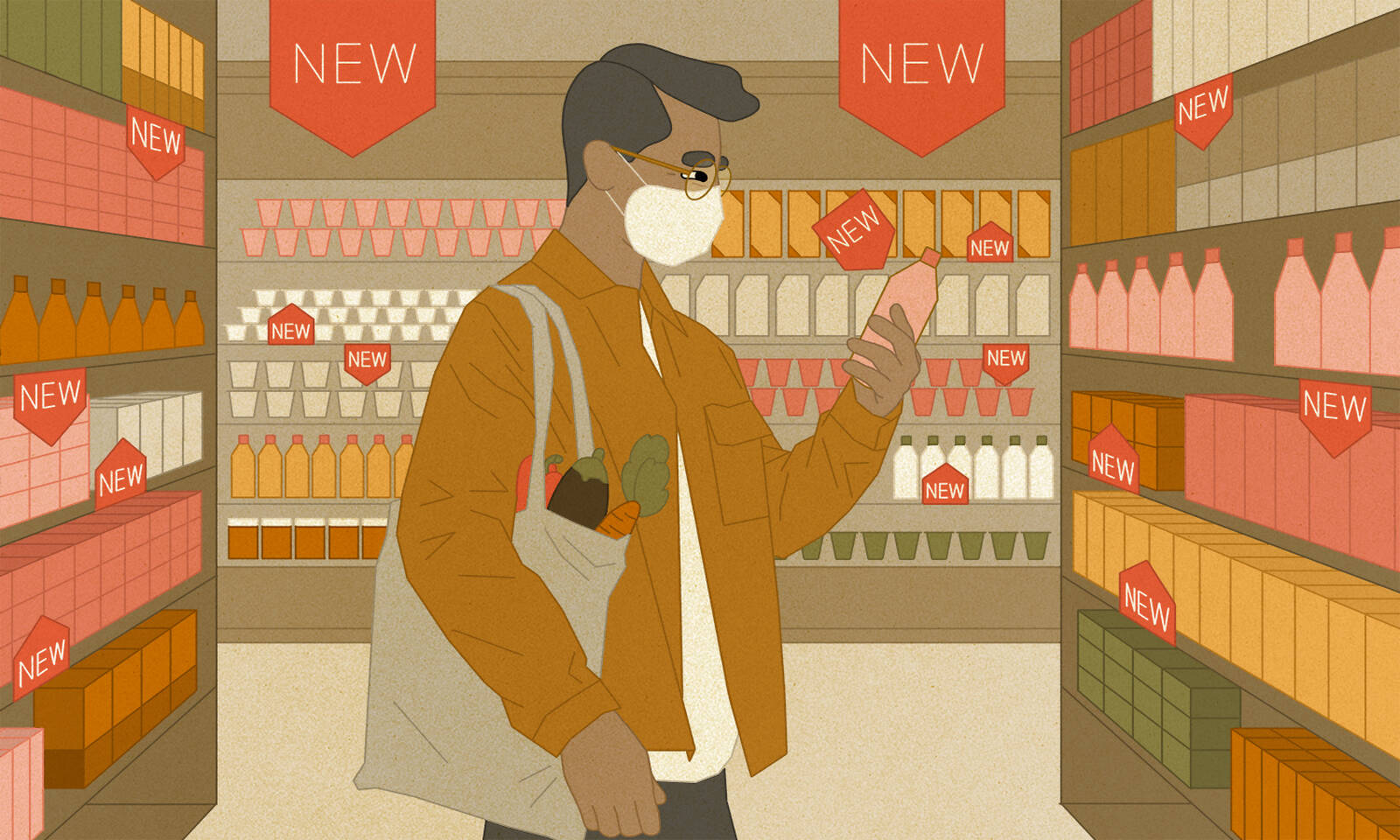
Lisa Röper
When the pandemic hit, most businesses recalibrated quickly. In many industries, this meant a lot of retrenching: cutting back on services, or for retailers, focusing on basic staples. So while there was plenty of innovation in terms of how companies served customers, there was a lull in the development of new products.
This trend is reaching its limit, according to Paul Earle. Earle, an adjunct lecturer of innovation and entrepreneurship at the Kellogg School with deep experience in new brand and business development, believes the year ahead holds a lot of promise for companies looking to innovate—thanks to a confluence of new needs, new habits, and a sense of relief and openness.
“The Spanish flu pandemic of 1918 and ’19 was followed by the roaring twenties,” he says. “I think we’re going to see, again, a massive appetite for new experiences, for things that are fun, that are social, that bring us together.”
What exactly might this look like? Earle points to three predictions for the year ahead.
Consumers Will Want to Expand Beyond the Staples
In the early days of the pandemic, customers were looking for reassurance, perhaps as a psychological response to the nerve-wracking specter of an infectious disease in our midst. This customer mindset led well-known brands to double down on their core products. Indeed, new research confirms that a fear of contagious disease makes us crave familiar products.
“As an innovation community that is all about creating what’s next, we were really worried, because we were seeing people walk out of Costco with massive supplies of Scott toilet paper and Bud Light and Kraft mac and cheese,” Earle says. “These are not exactly leading-edge items. I myself initially wondered: ‘Is it over now? Have the incumbents finally won?’”
But Earle sees the pendulum swinging back in 2021, as the social and cultural anxieties ebb and the COVID pandemic is brought under control.
“We have been in an altered state for almost a year now,” Earle says, “and the appetite for new ideas, new experiences, new products, new brands, new designs, new food, new household products, will be coming back strong. Buying boring products in bulk is abnormal behavior, and that gig is up soon.”
Brands would be smart to prepare for this shift now, he says.
“Retailers need to start offering a wider selection to bring news and excitement to all of their different product categories,” he says. “‘Same old, same old’ is a bad strategy.”
We Will See a Trend toward Kindness
Earle also predicts that consumers will be drawn to offerings that promise warmth and kindness.
“We’re going to see desire for new products and services of all kinds that are lighter, that make us smile, things that bring us together in new ways,” he says. “We have learned through this pandemic that we are truly in this together. We’re all connected. And it would be a darn good thing to be as nice to ourselves and our neighbors as we possibly can.”
Consider the run on holiday lights and Christmas trees that occurred this year, as customers stayed close to home and wanted to do something to cheer up their families and friends. In Chicago, for instance, some neighborhoods banded together to decorate entire blocks with holiday arches.
Earle warns against dismissing this urge toward kindness as an empty warm-and-fuzzy gesture. He views it, rather, as a growth area that companies should keep in mind when designing new products and services.
“People face a lot of problems right now, which will lead to a lot of solutions.”
— Paul Earle
Not every new idea has to be earth-shattering. Earle and his family saw this small-bore innovation in action recently when they ordered a pizza from Domino’s and the delivery person popped out a small cardboard platform to rest the pizza next to the front door, so it didn’t get cold on the porch.
“That’s just a great idea—it probably didn’t cost them much, it’s simple to execute, it’s a clever solution, and just makes you smile,” he says. “People love it when brands are creative to find unexpected ways to improve their experience. I tip my cap to Domino’s for a cardboard pizza stand. Good for you guys.”
Earle also believes that the focus on reducing waste and being a responsible part of a connected community means we will see a boom in highly practical minimalist products in the years to come. He pointed out that shower and bath brands, for example, ship tons of water-dense products in single use plastic. Earle has formed a partnership that includes fellow Kellogg faculty member Stephanie Farsht and an R&D expert to change that dynamic through concentrates and recyclable packaging.“We have all learned how to be more industrious and more mindful in what we buy, how we buy, even how we store things at home,” Earle says. “We’re going to be less wasteful. In the future, I would not want to be a product that is bulky, heavy, and harmful to the environment. It is just tone deaf and will seem really silly in hindsight.”
New Problems Will Require New Solutions
Finally, Earle predicts that the rapid innovation in how companies work and connect with customers will continue.
“Most innovations were created to solve a problem, oftentimes one experienced personally by the founder,” Earle says. “People face a lot of problems right now, which will lead to a lot of solutions.”
Many of these innovations are direct responses to COVID. From the race to find a vaccine to redesigning supply chains to distribute hundreds of millions of doses as quickly as possible, innovation has been happening across the economy.
“It’s not just the actual liquid in the vial, which itself is a scientific marvel,” Earle says. “CVS has an entire refrigerator farm now, created overnight basically to store vaccines. It is great to see that we have used science and ingenuity and industriousness and entrepreneurship to solve all of these really horrible problems.”
Beyond the logistics of the vaccine, the pandemic has forced a seismic shift in the way services are delivered. Many of these shifts will stay with us for quite a while. Earle sees the rise of telemedicine, for instance, as a necessary adaptation that will stick. So, while the days of cooling in a clinic’s waiting room may not be entirely in the past—there are some things doctors will need to do face-to-face—aspects of healthcare are already being adapted for a virtual future.
In industries like sports and live events, companies are having to innovate as they start to bring fans back. Even when the vaccine is more readily available in the U.S., there will still be myriad safety concerns that come along with gatherings.
“Think about Wrigley Field,” Earle says. “The Cubs want to get people back without disrupting traffic flow too much. So they’ll design rapid temperature checks for fans on their way in. And there are now technologies to use drones to fly through all the seats and disinfect them before people arrive.”
“We’re going to see all kinds of new, ingenious programs, products, and services that we never would have imagined,” Earle says. “That should make us feel good about our ability as people to be resilient and creative in overcoming our obstacles. Every problem is an opportunity for an entrepreneur to solve.”
